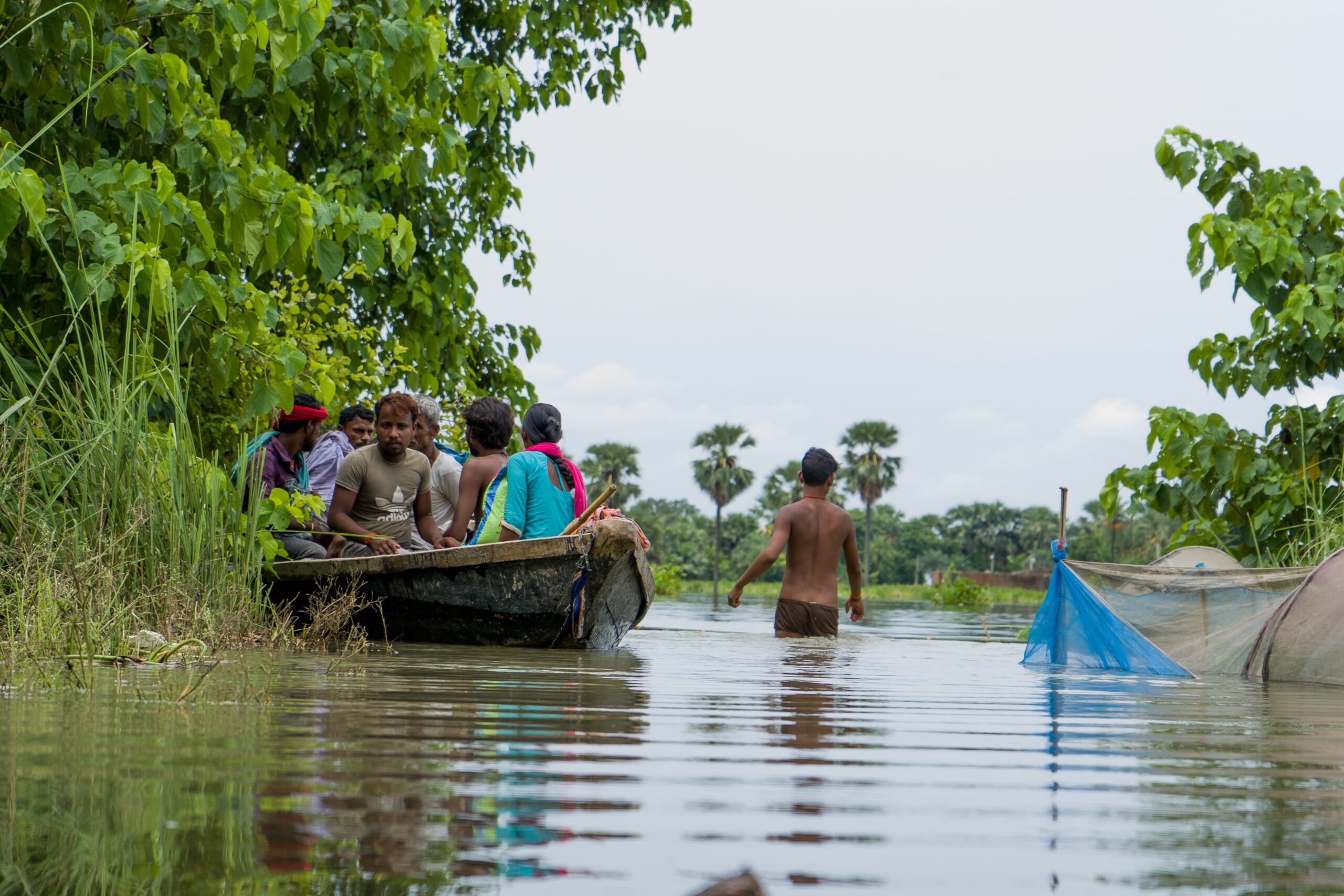Q&A: Should developed nations pay for ‘loss and damage’ from climate change?
This year has seen thousands of people killed in a run of unprecedented extreme weather events. Catastrophic flooding has caused at least 1,500 deaths in Pakistan in recent weeks, while record heat has blighted much of the globe – for example, killing 1,000 people in Portugal and Spain in July.
By Daisy Dunne, Josh Gabbatiss, Aruna Chandrasekhar and Ayesha Tandon for CarbonBrief
The loss of human lives in extreme weather events is the most visceral example of “loss and damage”, a term used to describe how people – particularly the poor and vulnerable – are already reeling from the impacts of human-caused climate change, which is predominantly driven by the emissions of a wealthy minority.
From the loss of low-lying island territory to rising seas through to homes and businesses destroyed by cyclones, loss and damage from climate change is already vast and far-reaching.
At this year’s UN General Assembly, UN chief António Guterres raised the alarm on loss and damage, describing it as a “fundamental question of climate justice, international solidarity and trust” – adding that “polluters must pay” because “vulnerable countries need meaningful action”.
Though the issue of loss and damage has been discussed for more than 30 years, it is fast emerging as one of the most critical issues at the UN climate talks.
At the last UN climate summit in 2021, COP26 in Glasgow, a group of largely developing nations representing six out of every seven people in the world called for developed countries to commit to pledging funds for loss and damage. However, this call faced opposition from large economies such as the US and EU – and, ultimately, was rejected.
It is expected that loss and damage will be one of the dominant themes at COP27, the next round of UN climate negotiations taking place in Egypt in November.
Ahead of the conference, Carbon Brief has produced an interactive explainer on – according to experts – what loss and damage is, who is responsible and how it should be paid for. It is the first in a week-long series of articles examining the key aspects of loss and damage.

Photo by Atul Pandey on Unsplash




